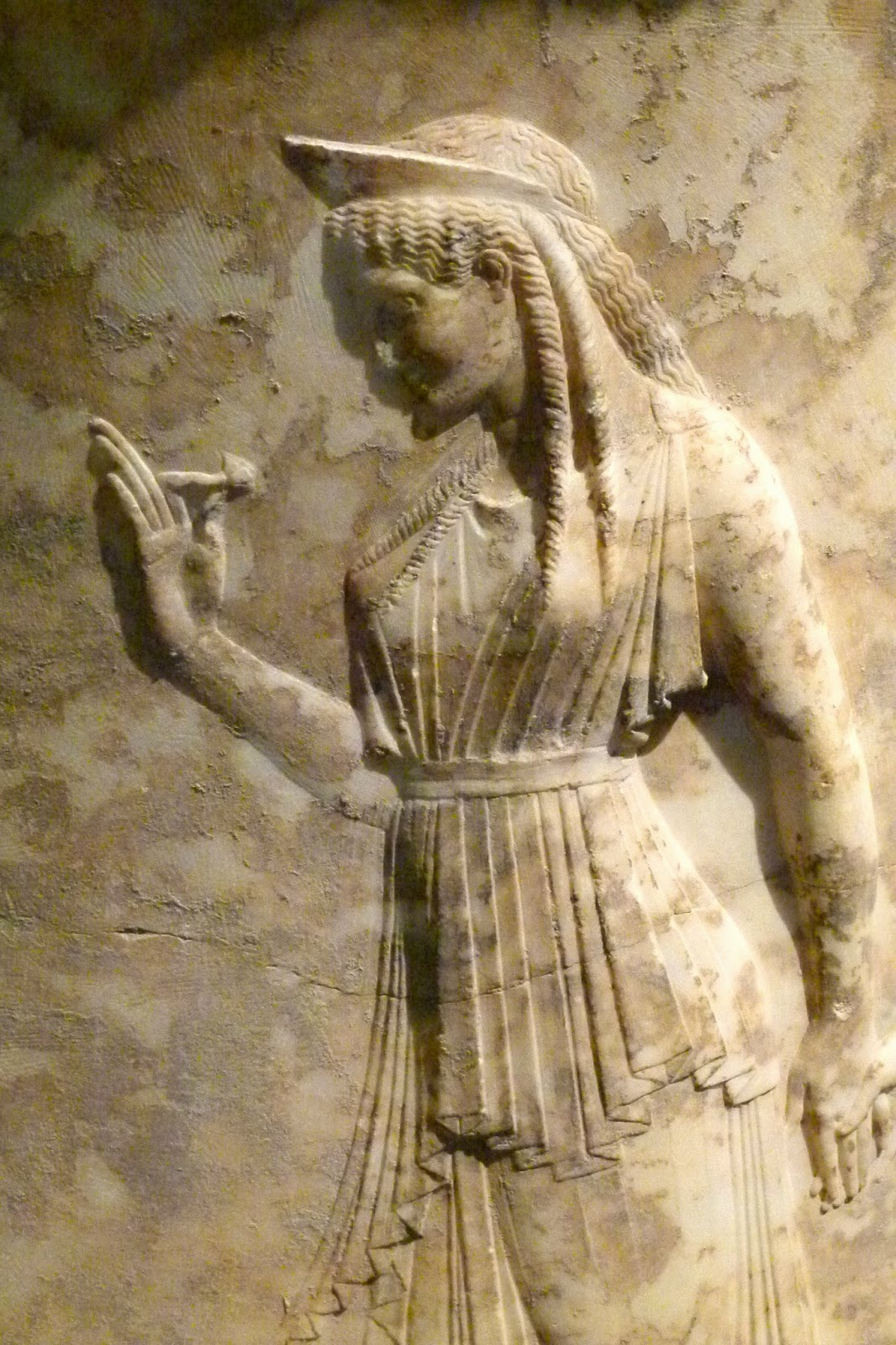Back at last, but still busy updating our travel notes. Not too busy to take a few photos however, especially as we zoomed back through Grafton with jacarandas still a sight to behold!
Enjoy this colourful snap. Enough to make you want to rat through the fabric collection and start another quilt in these luscious limes & purples!
And down near our local boat ramp, I came across this little fellow - also out for a stroll but I think he had lunch, not posing for photos, in mind!
Enjoy this colourful snap. Enough to make you want to rat through the fabric collection and start another quilt in these luscious limes & purples!
And down near our local boat ramp, I came across this little fellow - also out for a stroll but I think he had lunch, not posing for photos, in mind!





















































